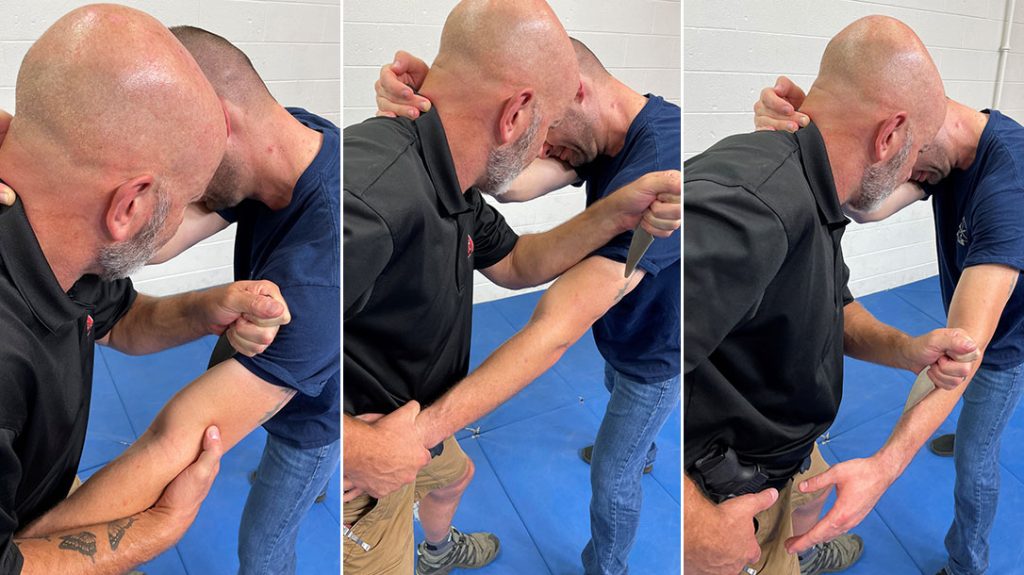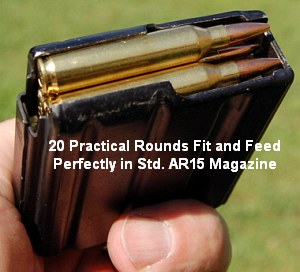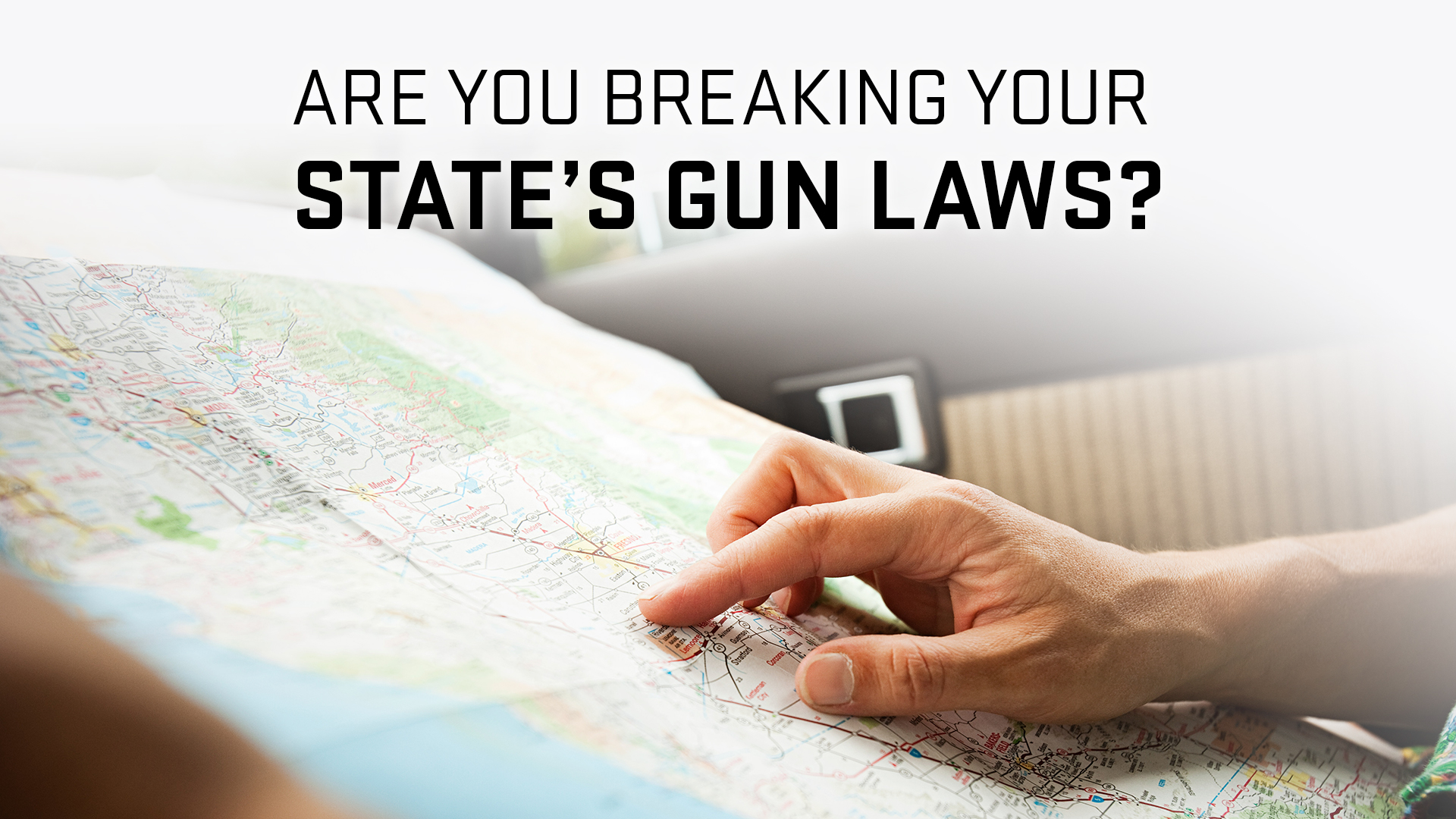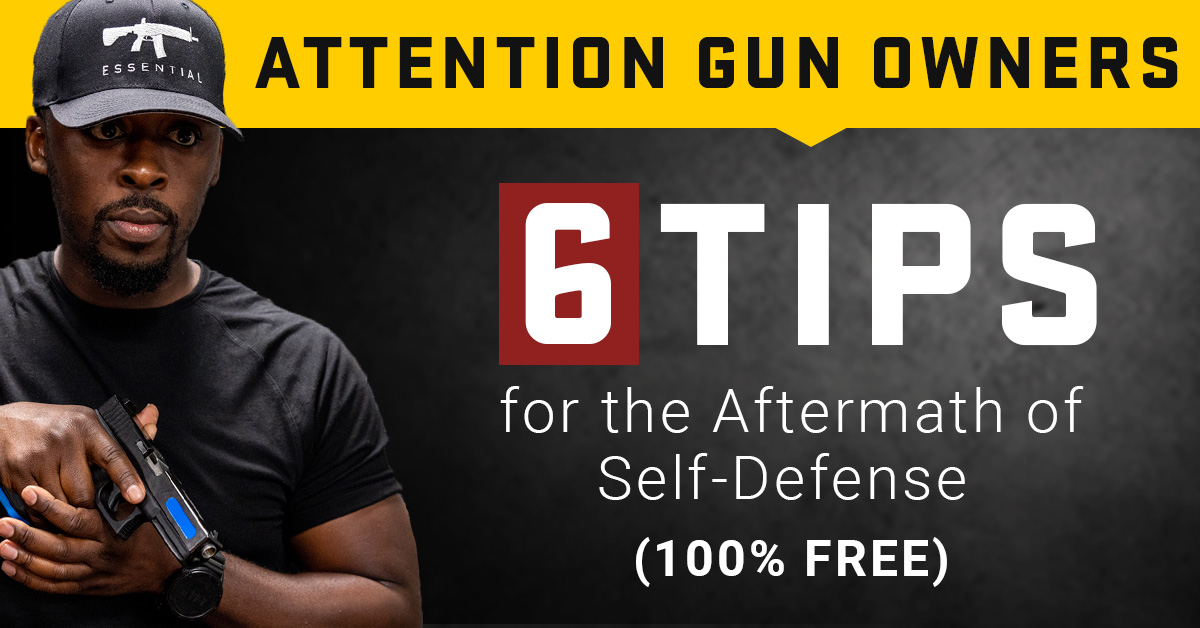You must ensure that you have positive control over your firearms, regardless of whether you are a lawfully armed civilian or a duty-bound professional. This means that you must learn at least basic gun retention techniques. Knives are becoming a popular way to secure handguns. Here are some things to keep in mind.
Utilizing Knives for Effective Handgun Retention
A knife can be used as an auxiliary weapon to aid in handgun retention. This is a popular approach to handgun retention. Simply put, if the bad guy attempts to grab your gun, you can draw your knife and use that to force him to release. Although it may seem simple, there are many more details to the process, especially for civilians.
Concealment is the first line of defense
Uniformed armed professionals often carry their handguns openly. This increases the risk of a gun being taken while it’s still in its holster. However, concealed carry permits are often available to civilians. “Concealed” is the operative word in this phrase.
You can conceal your gun by carrying it properly and choosing your cover clothes well. If they can’t see it, the bad guys won’t be able to grab it.
This is a great example of bad concealment.
Good threat-management techniques should also help to keep your gun safely in its holster. If you are in danger of serious injury or death, then lethal force is not appropriate. You should use your skills to set boundaries and employ less-lethal tactics when you are faced with a threat.
Don’t announce or show your gun holstered as a threat. This can invite an attempted gun grab, especially if you’re addressing an unarmed attacker.
Technology and tactics
Even if you do everything right, it is possible to be threatened with a gun grab. You could be attacked by an unarmed attacker and find yourself in a clinch situation or grappling position.
The bad guy notices that you have a gun and tries to take it. It’s likely that he isn’t trying to take your gun for target shooting. However, if the gun is still in its holster, it’s not a lethal threat.
First, make sure your gun is not drawn. Technology-wise, a holster that has an active retention mechanism is a great option. The holster must be attached to a gun belt with a proper mount in order to be useful. This combination can help you keep your gun safe while you use other tactics, such as drawing a knife.
Your holster may not be sufficient to hold the gun in place if you are like most civilians. It will not stop an attacker from drawing the gun. You will need to use physical means to keep your gun safe.
To do this, grab the attacker’s arm just above his elbow and limit its movement to the shoulder joint. This is far more effective than grasping his wrist or pining his hand. This grip allows you to control the muzzle and arm of the gun if it does come out.
How to deploy your knife
The hardest part about using a knife to retain a handgun is actually getting it into combat. Many CCW permit holders have knives, usually folders, on their non-dominant sides. They often do this in the belief that they will use them as weapon-retention instruments.
Most people can’t use their knives quickly or reliably in the most difficult conditions if you ask them.
It is important to remember that defending yourself against a gun grab involves a dynamic physical event. It involves a violent tug of war with your dominant arm and hand. It is absurd to try to use complex motor skills with one hand while using the other. This is even more absurd when the skills require a sharp knife.
Fixed blades are the best type of knife to keep weapons safe. It can be carried edge-forward on the nondominant side and allows for a simple draw into a reverse grip. While belt carry is a good option, I prefer “static cord” to carry.
This style of carry uses a short loop made of paracord that is attached to your belt and the tip the sheath. The sheathed knife can then be tucked into your waistband. This allows the knife to be carried in one hand, and the sheath can be removed from your body.
To make one-handed opening easier, carry a folding knife with an Emerson “Wave” feature. The 5×5 Combat Solutions “Pickpocket” attachment accomplishes the exact same goal. You can also make your knife draw into a reverse grip and edge forward.
What to Cut
Once you have your knife in your hand, it is important to address the root cause. This means forcing your attacker’s hand to let go of your gun. Although attacking his neck, face, or other targets might convince him to let go, this won’t guarantee it. To do this, destroy his physiological structures that allow him to grip and pull.
Keep your dominant hand in a secure grip and cut through his upper bicep. You should also target the inner arm between his elbows and triceps. These are the nerves controlling the arm muscles.
The mechanical ability of his elbow to bend and pull with his arm is destroyed by severing his bicep. The nerves are also disconnected from the muscles they control, including those that power the grip of the hand.
If the bicep is still holding his grip, you can continue attacking his forearm. Slide your right hand to his wrist, and then cut the tendons and flexor muscles in his forearm. This will make it impossible for him to close his fingers, and force you to give up your gun.
A knife can be used as a powerful weapon-retention tool if used in the right context and with the right tactics. It should be considered a last line defense from civilians.
Last but not least, if you decide to rely on knives to keep your handguns safe, make sure you have the right equipment and training. You will need a good knife and carry system, a SIRT gun or blue gun, as well as a willing partner to help you get started. This is the only way to validate your plan, and learn skills that will help you save your bacon on the streets.
Continue Reading
Are you still having trouble finding what you were looking?
Search
Personal Defense World’s first article, Bringing a Knife into a Gunfight: Using Knives to Retain Handguns appeared first on Personal Defense World.

















